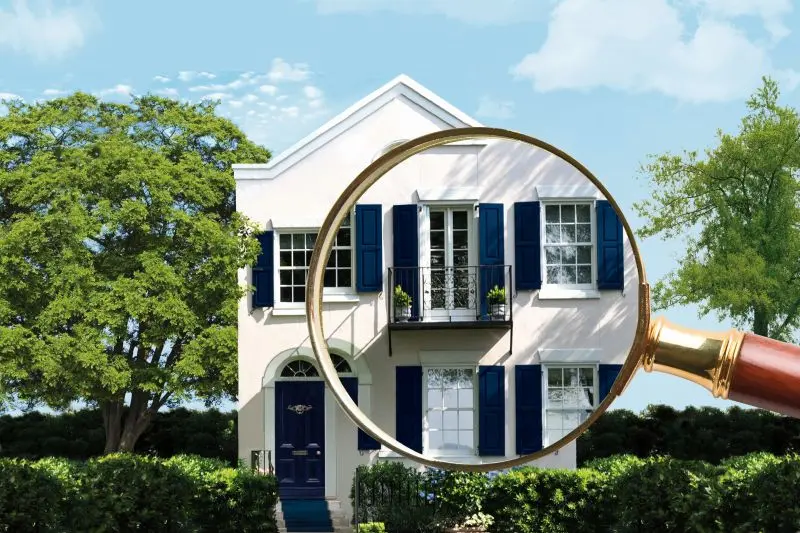Sustainable living in the smallest of spaces: Tiny Houses as an environmentally friendly option.
These small, sometimes mobile houses have been attracting increasing attention for several years now.
The shortage of living space in many cities, rising construction, energy and rental costs and stricter regulations with regard to energy-efficient building standards are causing more and more people to consider more cost-effective, environmentally friendly alternatives. According to a market study by the German Tiny Houses Association, around 83% of manufacturers stated in a survey that customers primarily decided to buy a tiny house for the following reason: The reduction to the essentials.
What exactly characterizes a Tiny House?
Tiny Houses come in different sizes and variations, so that they can be a minimalist alternative to a house or a more self-sufficient and at the same time sustainable alternative to an apartment. For example, they offer the option of integrating photovoltaic systems and rainwater systems, making them less dependent on conventional energy and water suppliers.
Size and room layout:
Although tiny houses come in different sizes, as already mentioned, they typically have a maximum living space of 45 square meters and are therefore the smallest form of a fully-fledged home with the usual features such as a kitchenette, sanitary area, living/sleeping area and sometimes even a workplace. As the Tiny Houses also stand on their own plot of land, they usually have their own garden or additional outdoor area.
Mobility:
The owner can choose between a mobile or immobile version. The mobile "Tiny Houses on Wheels" are subject to the regulations of the Road Traffic Licensing Regulations (StVZO), are therefore generally no larger than 15 square meters and must meet the specifications - in terms of weight and dimensions. This means they can be transported flexibly to any location on a trailer. If the focus is not on mobility, but on reducing to the essentials and a self-sufficient lifestyle, you can opt for a larger, mobile version. This is usually placed permanently on a plot of land and, depending on the model, can be equipped with a base plate and docked to electricity, water and sewage connections.
Types and variations:
Depending on the manufacturer, there are many different variations and types of Tiny Houses. These range from prefabricated complete solutions that only need to be placed on the property and connected, to modular systems and pure extensions that only serve to expand the actual main house. In addition, the houses are usually made from sustainable and high-quality building materials such as wood or clay and use solar panels to generate their own energy.
Building law and financing:
As this form of housing is very new, there are still many uncertainties in terms of building regulations, planning permission and financing.
In Germany in particular, tiny houses are subject to strict regulations and provisions, which also vary from municipality to municipality and must be examined in detail on a case-by-case basis.
For more information on the topics of real estate and housing, see our free guides at: www.immowissen-bocholt.de
Westend 27
46399 Bocholt
| Tel. | +49 2871 - 99 58 98 0 |
| [email protected] |
| Current real estate offers |
| Opening hours |
| Contact |
| Route |






